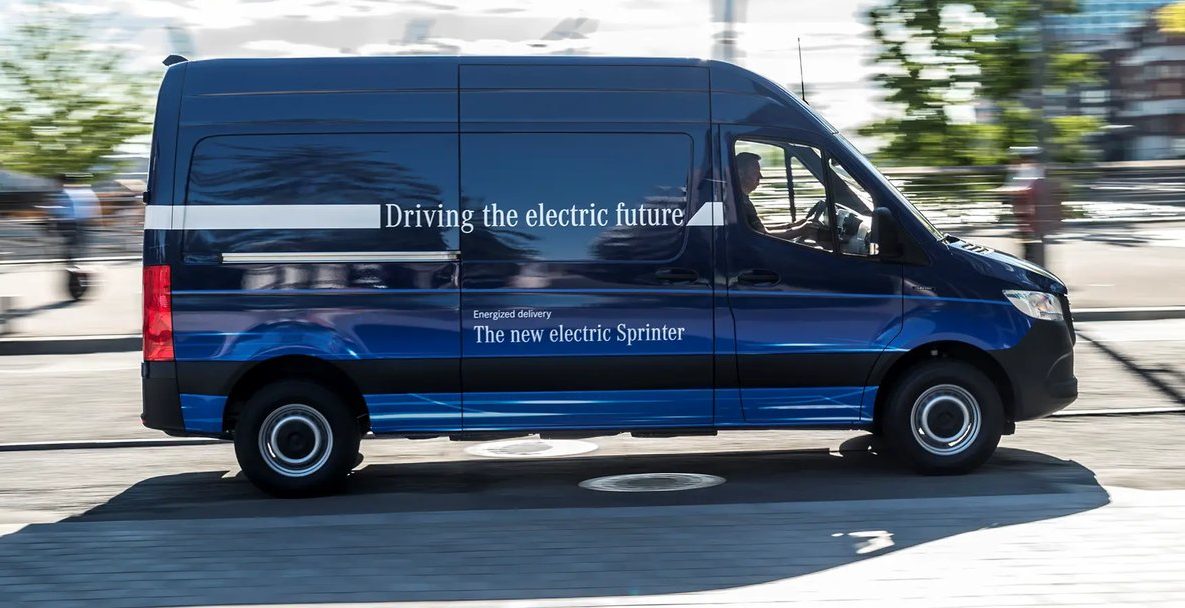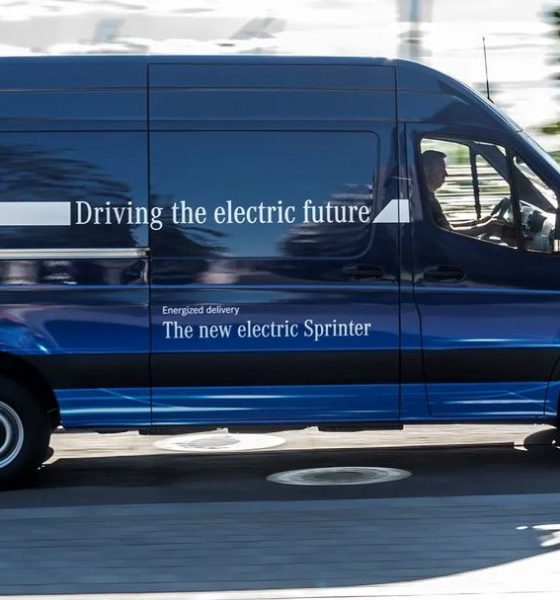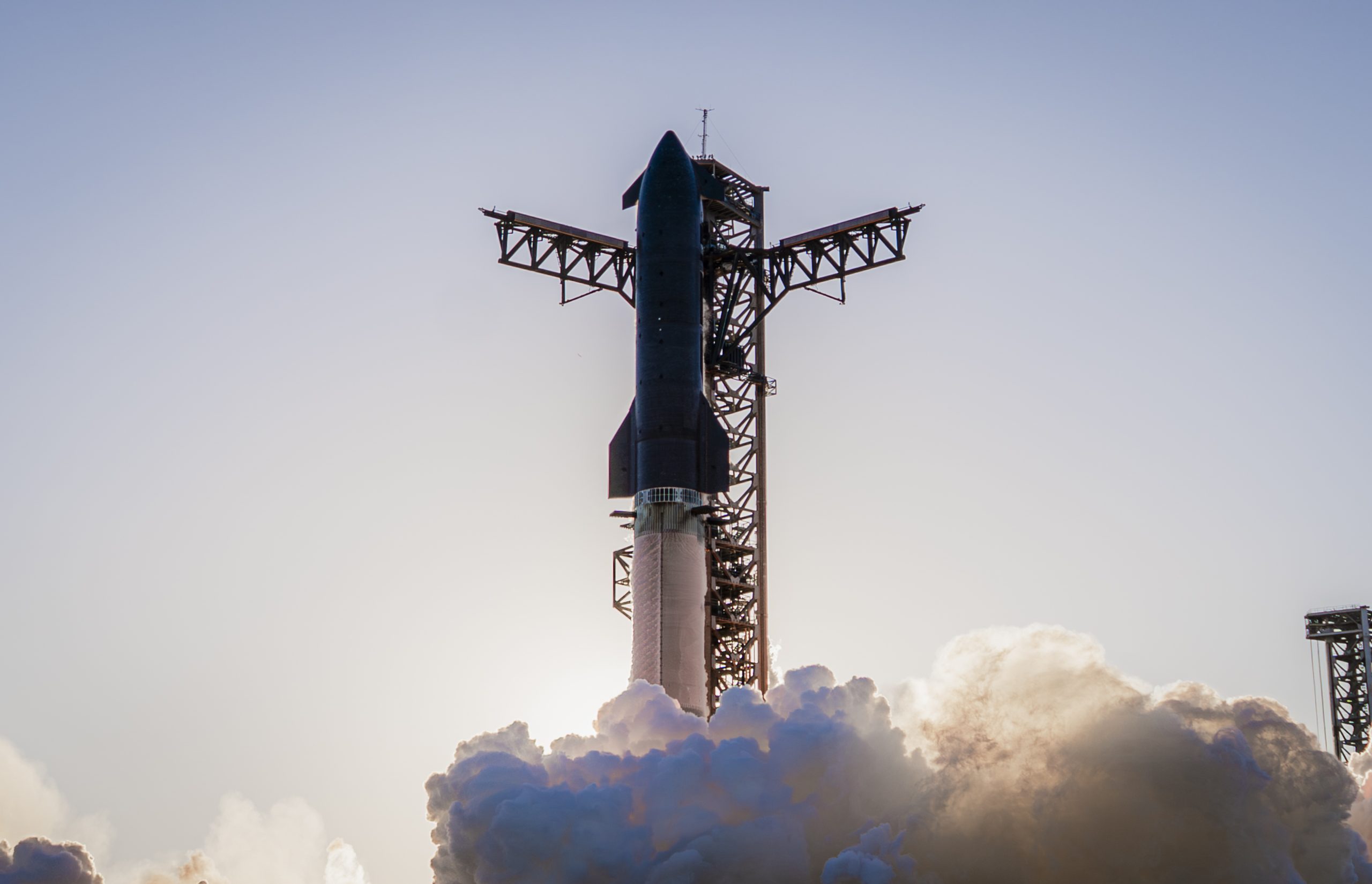

News
Tesla eyes Mercedes-Benz as potential platform for electric service vans, suggests Daimler CEO
A collaboration between electric car maker Tesla and veteran automaker Daimler could be in the works. Following Elon Musk’s mention of Daimler’s Sprinter vans on Twitter last November, the two companies have reportedly been holding talks over potential cooperation for an all-electric version of the iconic van.
In a press conference in Stuttgart on Wednesday, Daimler CEO Dieter Zetsche mentioned that Tesla is indeed interested in acquiring Sprinter vans for its service fleet. The CEO further added that the outcome of the two company’s ongoing talks is still open.
“These talks are happening. The outcome is open,” Zetsche said.
https://twitter.com/sascha_p/status/1093085274823774208
Last November, Elon Musk floated the idea of working with Daimler for an electric Sprinter on Twitter. During his Twitter session, Musk noted that it would be “interesting” to work with the German automaker, even hinting at the idea of acquiring van gliders from Daimler and fitting them with Tesla components. As noted in a Bloomberg report, it was not long before the two companies began talks, starting with a series of phone calls involving Tesla’s President of Automotive Jerome Guillen, who used to work for Daimler.
In Daimler’s recent press conference, Zetsche added that Elon Musk’s enthusiasm for a possible collaboration with the German carmaker was partly spurred by feedback from Tesla’s technicians, some of whom utilize Sprinter vans when servicing customers. That said, the Daimler CEO did not clarify if the potential collaboration with Tesla would result in a joint development of a completely new all-electric van, or if the California-based company would simply acquire Sprinters for its service fleet.
Lot on our plate, so it’s either get van gliders (no battery, powertrain or compute tech) from Daimler & produce sooner or do all & produce later. Not a big difference to total vehicles produced either way. Priority list is Model Y, solar roof tiles, pickup, semi, Roadster.
— Elon Musk (@elonmusk) November 19, 2018
Daimler is expected to release an all-electric version of the Sprinter later this year. The German-made electric van is quite robust with its maximum payload capacity of over 2,200 pounds, though its range of 93 miles per charge leaves much to be desired. That said, using Tesla’s industry-leading powertrain and battery technology could very well result in an all-electric Sprinter with closer to 200 miles of range per charge.
While the Daimler CEO’s recent statement gives the impression that no deal has been finalized with Tesla yet, the idea of a collaboration between the two companies echoes initiatives from the past. Back in 2009, Daimler invested $50 million on Tesla, taking a 10% stake in the electric car maker and practically saving it from going under in the process. Over the following years, Tesla supplied electric powertrains for Daimler’s electric Smart Cars and the electric Mercedes-Benz B-Class. Daimler would eventually stop its powertrain supply contract with Tesla in 2014, ultimately selling its stake in the electric car maker for $780 million — a notable profit over its initial $50 million investment.
As Tesla’s fleet grows with the ramp of vehicles like the Model 3, the need for more service vehicles becomes notable. While Tesla is already utilizing Model S and Model X vehicles for its service fleet, the addition of electric Sprinter vans will most definitely help the company support its growing number of customers across the globe.

Elon Musk
Tesla CEO Elon Musk confirms Robotaxi safety monitor removal in Austin: here’s when
Musk has made the claim about removing Safety Monitors from Tesla Robotaxi vehicles in Austin three times this year, once in September, once in October, and once in November.

Tesla CEO Elon Musk confirmed on Tuesday at the xAI Hackathon that the company would be removing Safety Monitors from Robotaxis in Austin in just three weeks.
This would meet Musk’s timeline from earlier this year, as he has said on several occasions that Tesla Robotaxis would have no supervision in Austin by the end of 2025.
On Tuesday, Musk said:
“Unsupervised is pretty much solved at this point. So there will be Tesla Robotaxis operating in Austin with no one in them. Not even anyone in the passenger seat in about three weeks.”
Musk has made the claim about removing Safety Monitors from Tesla Robotaxi vehicles in Austin three times this year, once in September, once in October, and once in November.
In September, he said:
“Should be no safety driver by end of year.”
The safety driver is just there for the first few months to be extra safe.
Should be no safety driver by end of year.
— Elon Musk (@elonmusk) September 4, 2025
On the Q3 Earnings Call in October, he said:
“We are expecting ot have no safety drivers in at least large parts of Austin by the end of this year.”
Finally, in November, he reiterated the timeline in a public statement at the Shareholder Meeting:
“I expect Robotaxis to operate without safety drivers in large parts of Austin this year.”
Currently, Tesla uses Safety Monitors in Austin in the passenger’s seat on local roads. They will sit in the driver’s seat for highway routes. In the Bay Area ride-hailing operation, there is always a Safety Monitor in the driver’s seat.
Three weeks would deliver on the end-of-year promise, cutting it close, beating it by just two days. However, it would be a tremendous leap forward in the Robotaxi program, and would shut the mouths of many skeptics who state the current iteration is no different than having an Uber.
Tesla has also expanded its Robotaxi fleet this year, but the company has not given exact figures. Once it expands its fleet, even more progress will be made in Tesla’s self-driving efforts.
News
SpaceX reportedly mulling IPO, eyeing largest of all time: report
“I do want to try to figure out some way for Tesla shareholders to participate in SpaceX. I’ve been giving a lot of thought to how to give people access to SpaceX stock,” Musk said.

SpaceX is reportedly mulling an initial public offering, eyeing what would be the largest valuation at the time of availability of all time, a new report from Bloomberg said on Tuesday.
It is one of many reports involving one of Elon Musk’s companies and a massive market move, as this is not the first time we have seen reports of an IPO by SpaceX. Musk himself has also dispelled other reports in the past of a similar nature, including an xAI funding round.
SpaceX and Musk have yet to comment on the report. In the past, untrue reports were promptly replied to by the CEO; this has not yet gained any response, which is a good sign in terms of credibility.
However, he said just a few days ago that stories of this nature are inaccurate:
“There has been a lot of press claiming SpaceX is raising money at $800B, which is not accurate. SpaceX has been cash flow positive for many years and does periodic stock buybacks twice a year to provide liquidity for employees and investors. Valuation increments are a function of progress with Starship and Starlink and securing global direct-to-cell spectrum that greatly increases our addressable market. And one other thing that is arguably most significant by far.”
There has been a lot of press claiming @SpaceX is raising money at $800B, which is not accurate.
SpaceX has been cash flow positive for many years and does periodic stock buybacks twice a year to provide liquidity for employees and investors.
Valuation increments are a…
— Elon Musk (@elonmusk) December 6, 2025
Musk has discussed a potential IPO for SpaceX in recent months, as the November 6 shareholder meeting, as he commented on the “downsides” of having a public company, like litigation exposure, quarterly reporting pressures, and other inconveniences.
Nevertheless, Musk has also said he wants there to be a way for Tesla shareholders to get in on the action. At the meeting in early November, he said:
“I do want to try to figure out some way for Tesla shareholders to participate in SpaceX. I’ve been giving a lot of thought to how to give people access to SpaceX stock.”
Additionally, he added:
“Maybe at some point., SpaceX should become a public company despite all the downsides of being public.”
Musk has been historically reluctant to take SpaceX public, at times stating it could become a barrier to colonizing Mars. That does not mean it will not happen.
Bloomberg’s report cites multiple unidentified sources who are familiar with the matter. They indicate to the publication that SpaceX wants to go public in mid-to-late 2026, and it wants to raise $30 billion at a valuation of around $1.5 trillion.
This is not the first time SpaceX has discussed an IPO; we reported on it nine years ago. We hope it is true, as the community has spoken for a long time about having access to SpaceX stock. Legendary investor Ron Baron is one of the lucky few to be a SpaceX investor, and said it, along with Tesla, is a “lifetime investment.”
Tesla bull Ron Baron reveals $100M SpaceX investment, sees 3-5x return on TSLA
The primary driver of SpaceX’s value is Starlink, the company’s satellite internet service. Starlink contributes 60-70 percent of SpaceX’s revenue, meaning it is the primary value engine. Launch services, like Falcon 9 contracts, and the development of Starship, also play supporting roles.
News
SpaceX reaches incredible milestone with Starlink program

SpaceX reached an incredible milestone with its Starlink program with a launch last night, as the 3,000th satellite of the year was launched into low Earth orbit.
On Monday, SpaceX also achieved its 32nd flight with a single Falcon 9 rocket from NASA’s Kennedy Space Center.
The mission was Starlink 6-92, and it utilized the Falcon 9 B1067 for the 32nd time this year, the most-used Falcon booster. The flight delivered SpaceX’s 3000th Starlink satellite of the year, a massive achievement.
There were 29 Starlink satellites launched and deployed into LEO during this particular mission:
Falcon 9 launches 29 @Starlink satellites from Florida pic.twitter.com/utKrXjHzPN
— SpaceX (@SpaceX) December 9, 2025
SpaceX has a current goal of certifying its Falcon boosters for 40 missions apiece, according to Spaceflight Now.
The flight was the 350th orbital launch from the nearby SLC-40, and the 3,000 satellites that have been successfully launched this year continue to contribute to the company’s goal of having 12,000 satellites contributing to global internet coverage.
There are over five million users of Starlink, the latest data shows.
Following the launch and stage separation, the Falcon 9 booster completed its mission with a perfect landing on the ‘Just Read the Instructions’ droneship.
The mission was the 575th overall Falcon 9 launch, highlighting SpaceX’s operational tempo, which continues to be accelerated. The company averages two missions per week, and underscores CEO Elon Musk’s vision of a multi-planetary future, where reliable connectivity is crucial for remote work, education, and emergency response.
As Starlink expands and works toward that elusive and crucial 12,000 satellite goal, missions like 6-92 pave the way for innovations in telecommunications and enable more internet access to people across the globe.
With regulatory approvals in over 100 countries and millions of current subscribers, SpaceX continues to democratize space, proving that reusability is not just feasible, but it’s also revolutionary.








